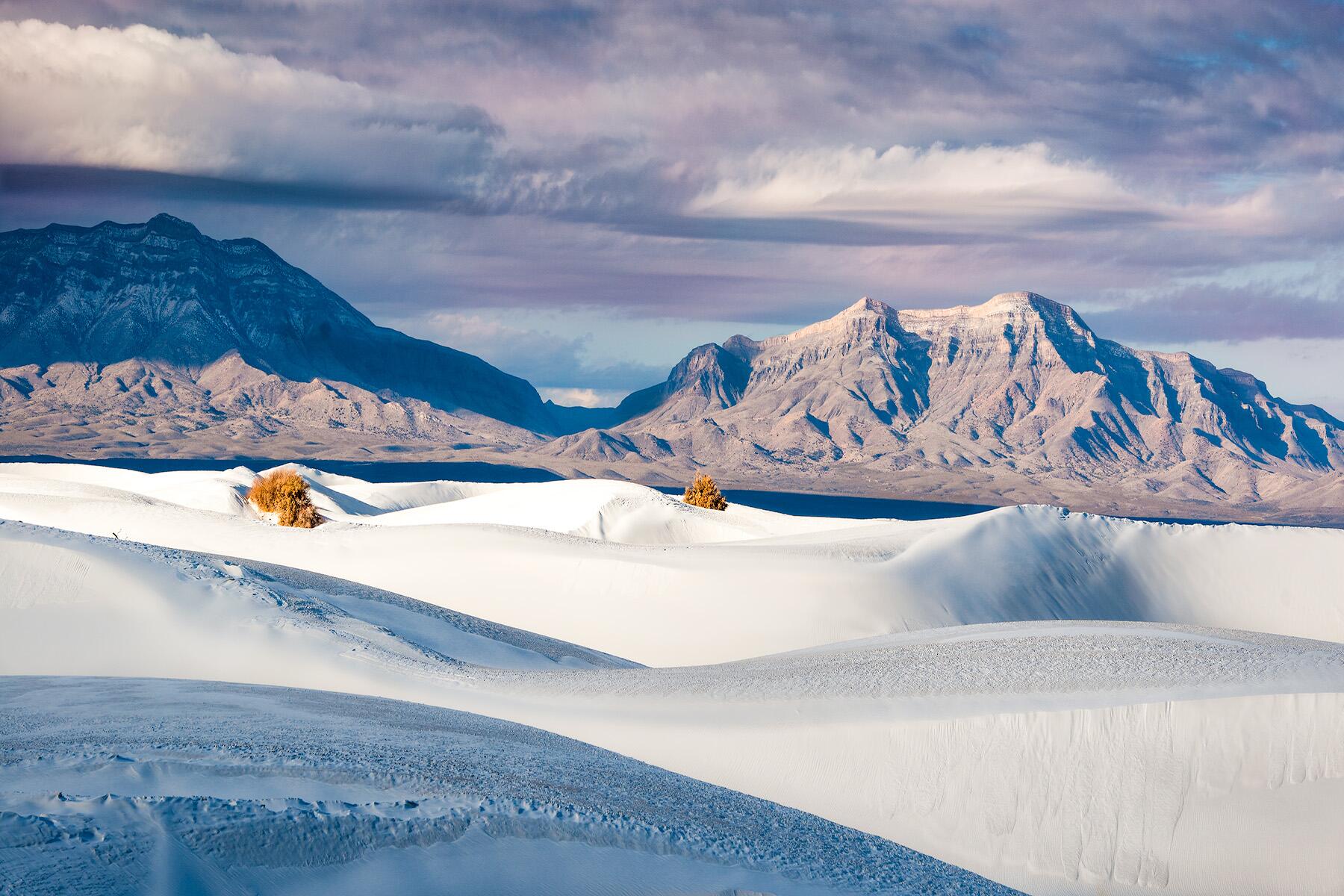Hidden Mirage Lakes Of New Mexico’s White Sands

Have you ever heard of the hidden mirage lakes in New Mexico's White Sands? These stunning, temporary lakes appear after rare rainfalls, creating a surreal landscape. Imagine walking on the world's largest gypsum dune field, only to find shimmering pools of water reflecting the sky. These lakes are not permanent, making them a rare sight. When they do appear, they offer a unique experience for visitors. The contrast between the white dunes and the clear water is breathtaking. If you love nature's surprises, these hidden lakes are a must-see. Ready to learn more about this natural wonder?
Discovering the Hidden Mirage Lakes of White Sands, New Mexico
White Sands National Park in New Mexico is famous for its vast dunes of gypsum sand. But hidden within this surreal landscape are mirage lakes that appear like shimmering oases. These ephemeral bodies of water are a sight to behold, especially when the conditions are just right. Let's uncover some of these hidden gems.
1. Lake Lucero
Lake Lucero is one of the most well-known mirage lakes in White Sands. It forms in the southwestern part of the park and is best visited during the cooler months.
- Location: Southwestern corner of White Sands National Park
- Best Time to Visit: Winter and early spring
- Unique Feature: Gypsum crystals that form on the lakebed
2. Alkali Flat
Alkali Flat is a vast, flat area where mirage lakes often appear after heavy rains. The reflections of the surrounding dunes create an otherworldly scene.
- Location: Northern part of the park
- Best Time to Visit: After rainfall
- Unique Feature: Stunning reflections of the white dunes
3. Playa Lakes
Playa lakes are temporary lakes that form in low-lying areas of the park. These lakes can appear and disappear quickly, making them a rare sight.
- Location: Various low-lying areas throughout the park
- Best Time to Visit: Immediately after rainstorms
- Unique Feature: Rapid formation and disappearance
4. Interdunal Ponds
Interdunal ponds form between the dunes and are often mistaken for mirages. These ponds can last longer than other mirage lakes, providing a more consistent viewing experience.
- Location: Between the dunes
- Best Time to Visit: Late winter to early spring
- Unique Feature: Longer-lasting water bodies
5. Salt Flats
Salt flats in White Sands can also create the illusion of water. When the sun hits these flats just right, they shimmer like a lake.
- Location: Eastern edge of the park
- Best Time to Visit: Midday when the sun is high
- Unique Feature: Shimmering salt crystals
6. Tularosa Basin
The Tularosa Basin is a large area where mirage lakes can form. This basin is surrounded by mountains, adding to the dramatic scenery.
- Location: Surrounding area of White Sands
- Best Time to Visit: Early morning or late afternoon
- Unique Feature: Mountain reflections in the mirage lakes
7. Dune Field
The central dune field is another spot where mirage lakes can appear. The vast expanse of white sand makes the mirages even more striking.
- Location: Central part of White Sands National Park
- Best Time to Visit: Midday for the best mirage effect
- Unique Feature: Expansive views of the dunes
8. Lake Otero
Lake Otero is a prehistoric lakebed that occasionally fills with water, creating a large mirage lake. This area is rich in history and offers a glimpse into the park's ancient past.
- Location: Southeastern part of the park
- Best Time to Visit: After significant rainfall
- Unique Feature: Historical significance and large size
9. Hidden Valleys
Hidden valleys within the park can also host mirage lakes. These secluded spots offer a more private viewing experience.
- Location: Various hidden valleys throughout the park
- Best Time to Visit: Early morning
- Unique Feature: Secluded and peaceful atmosphere
10. Gypsum Flats
Gypsum flats are another area where mirage lakes can form. The unique mineral composition of the flats adds to the visual spectacle.
- Location: Western part of the park
- Best Time to Visit: Late afternoon
- Unique Feature: Unique gypsum formations
11. Desert Pavement
Desert pavement areas in White Sands can also create mirage effects. These flat, rocky areas reflect light in a way that mimics water.
- Location: Scattered throughout the park
- Best Time to Visit: Midday
- Unique Feature: Rocky, flat terrain
12. Dune Shadows
Dune shadows can create the illusion of water in the early morning or late afternoon. The contrast between light and shadow makes these mirages particularly striking.
- Location: Throughout the dune fields
- Best Time to Visit: Early morning or late afternoon
- Unique Feature: Dramatic light and shadow contrasts
Discovering the Hidden Mirage Lakes
New Mexico's White Sands offers more than just stunning dunes. The hidden mirage lakes add a magical touch to this unique landscape. These lakes, appearing and disappearing with the seasons, create a surreal experience for visitors. Exploring these hidden gems can turn a regular trip into an unforgettable adventure.
Visiting the White Sands National Park, you get to witness nature's wonders in a way few places can offer. The mirage lakes are a testament to the area's ever-changing beauty. Whether you're hiking, taking photos, or simply soaking in the views, these lakes provide a special kind of charm.
Next time you're planning a trip, consider the White Sands. The hidden mirage lakes are waiting to be discovered, offering a unique experience that will leave you in awe.

